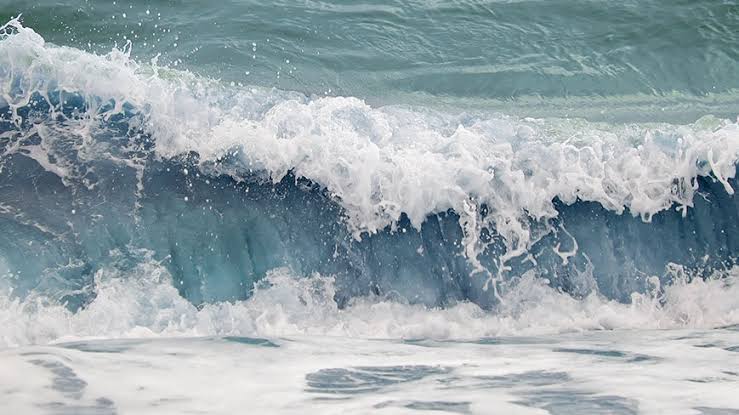Most of us are familiar with the concept of global warming. But did you know one of the biggest allies in our battle against rising temperatures are the oceans? Our oceans gave us life, and are currently fighting a tremendous silent struggle against climate change by absorbing as much as 90% of the excess heat that the warming planet generates worldwide.
90% is clearly not a tiny number by the stretch of anyone’s imagination. This statistic also means that while we’ve been fretting about keeping temperatures below 1.5°C to limit the catastrophic effects of climate change to a minimum, the same has already transpired under the ocean. Ocean heatwaves are a thing, and similar to the surface, they’re also becoming more intense and frequent.
While we can quickly dip in our local swimming pools to wash away the sweat off our sweltering bodies, our marine friends don’t possess the luxury — contrary to what Spongebob’s Goo Lagoon might imply. This underwater scalding doesn’t just present massive repercussions for marine life, but could also end up slashing economies of hundreds of millions of dollars in fishery damages.
The wrath of the Blob
Perhaps the most famous marine heatwave we’ve known of is ‘The Blob’, which warmed large swaths of surface waters across the northeastern Pacific Ocean in 2013-2016. This resulted in catastrophic damage to marine ecosystems across the United States West Coast, costing the economy about $185 million in just a year.
While those were the immediate effects, we’ve also learned of the Blob’s long-term detriments. A 2021 National Oceanic and Atmospheric Administration (NOAA) study established that the abundance of cod — an extremely popular and important fish — had dropped by over 71% between 2015 and 2017.
A new low, even for heatwaves!
The newest find is that while we’ve only established heatwaves at the ocean’s surface so far, it turns out that they take place at the bottom of the seafloor as well, and that too with equally devastating effects (if not worse).
“Researchers have been investigating marine heat waves at the sea surface for over a decade now,” lead author Dillon Amaya explains. “This is the first time we’ve been able to really dive deeper and assess how these extreme events unfold along shallow seafloors.”
Using new “reanalysis” techniques to simulate the ocean and our atmosphere, scientists found that bottom marine heatwaves tend to last longer than the surface. Furthermore, they can occur simultaneously in one region, especially where shallow waters allow the two planes of water to mingle.
It’s much easier to gauge surface temperatures using satellites, ships and buoys, and these measurements serve as excellent indicators for physical and biochemical ocean characteristics of marine ecosystems. Any change in these parameters has the potential to hurt colonies of organisms as tiny as plankton and krill, or even behemoths like whales.
But as it turns out, we can’t exactly rely on surface water changes to indicate bottom heatwaves either, since they occur independent of surface ocean heatwaves.
“That means it can be happening without managers realising it until the impacts start to show,” said Amaya.
And the effects can be disastrous. Bottom warming has been linked to a bloom in the pesky and invasive lionfish numbers along the southeast US coasts, coral bleaching, decline in reef fish and cod numbers. Lobsters have nearly disappeared from the shore in New England.
Amid these impacts, it becomes imperative that we employ better ways of monitoring these heatwaves when they occur.
“We know that early recognition of marine heat waves is needed for proactive management of the coastal ocean,” notes co-author Michael Jacox. “Now it’s clear that we need to pay closer attention to the ocean bottom, where some of the most valuable species live and can experience heat waves quite different from those on the surface.”
